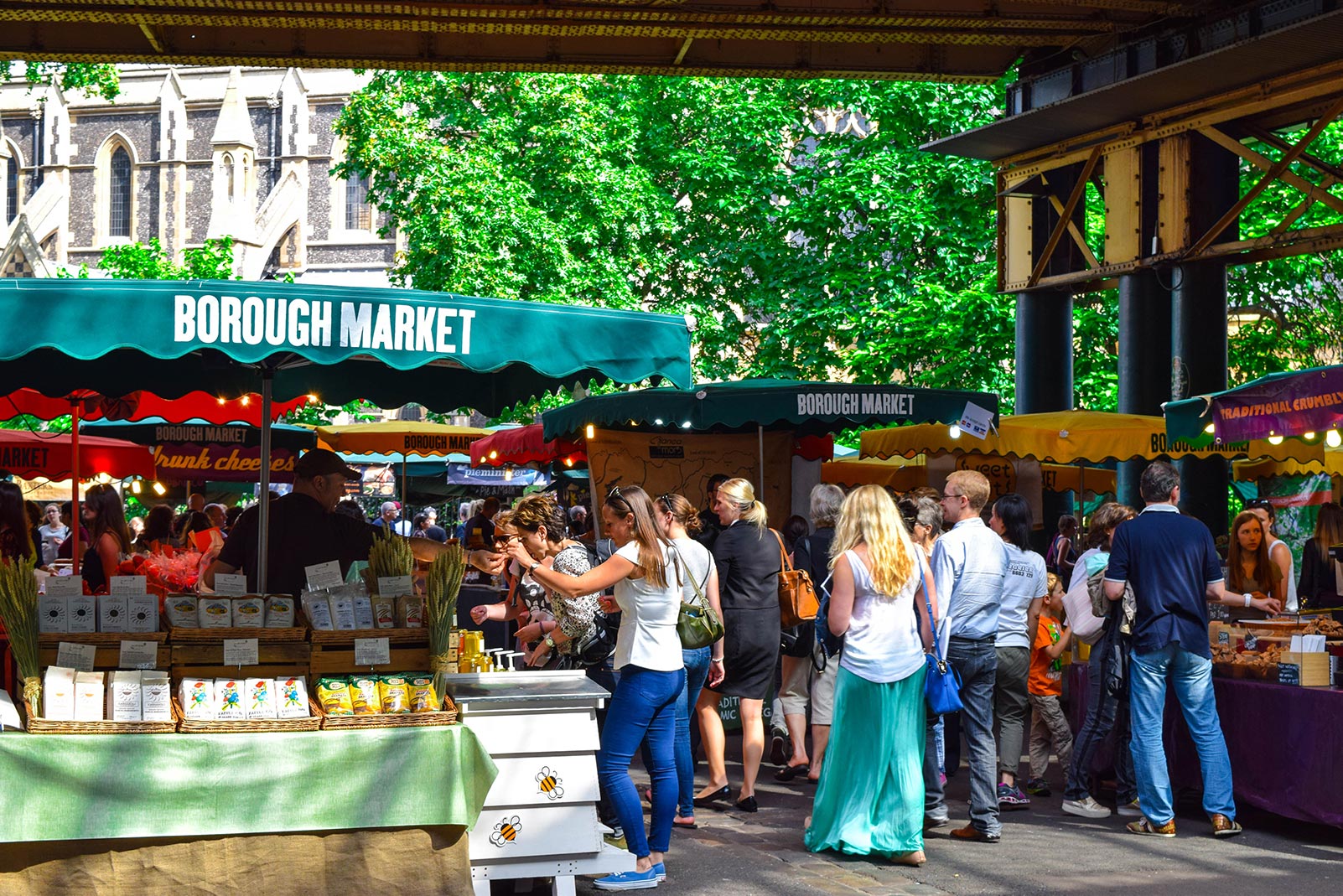Where and when an experience design scene takes place can dramatically influence the ways people interact with design outcomes. Environments like a market in Marrakesh, Morocco in July, a high school football stadium in Cedar Bluff, Iowa during football season, and an airport security checkpoint in Bamako, Mali during a security breach involve distinctly different actors and concerns.
Pinpointing location and time also involves establishing when the action in an experience design scene takes place. The Cedar Bluff football stadium is raucous on a Friday night during a game, but it is quiet, abandoned, and snow-covered in February. Location establishes where and when scenes take place.
